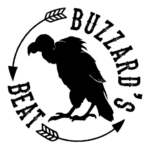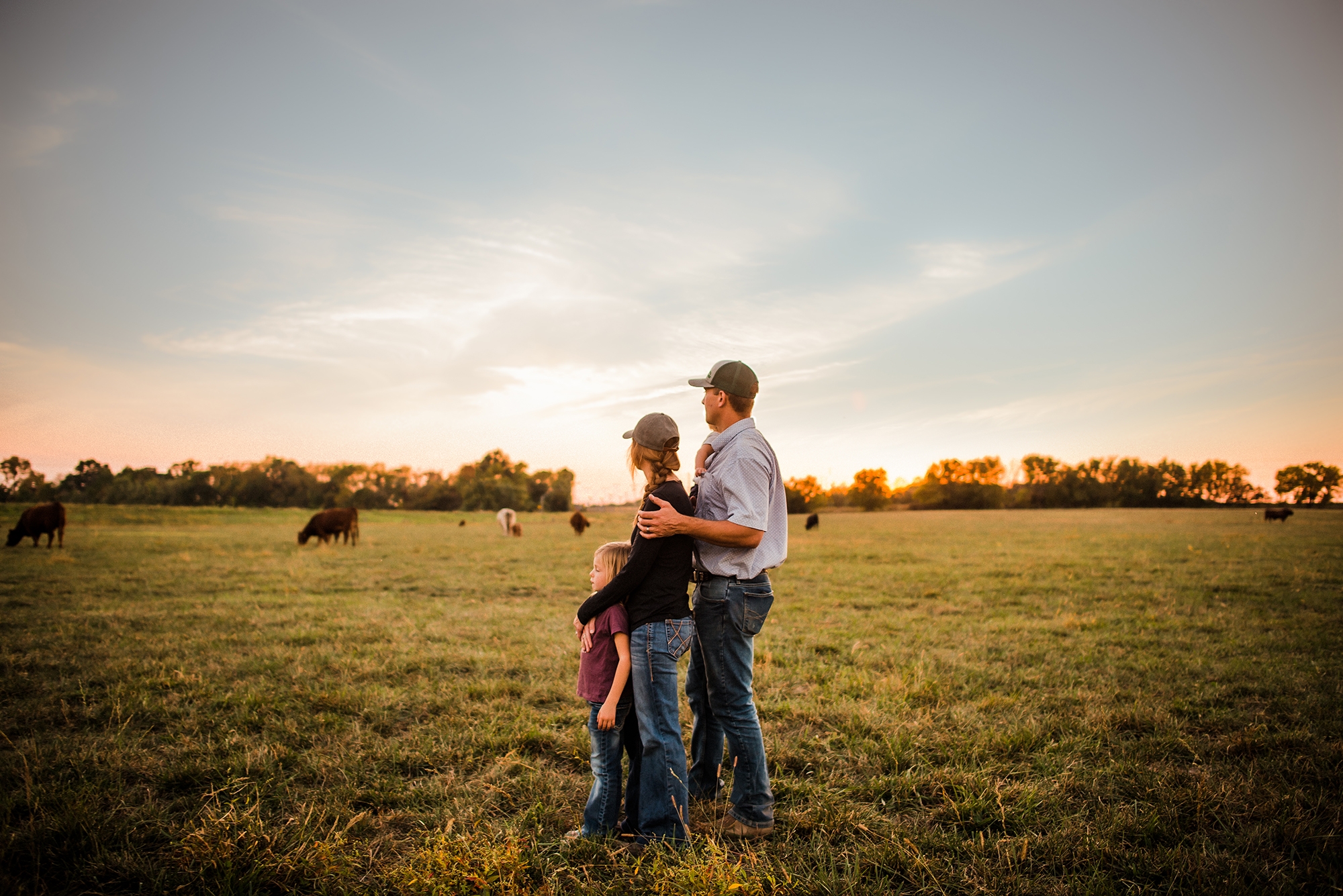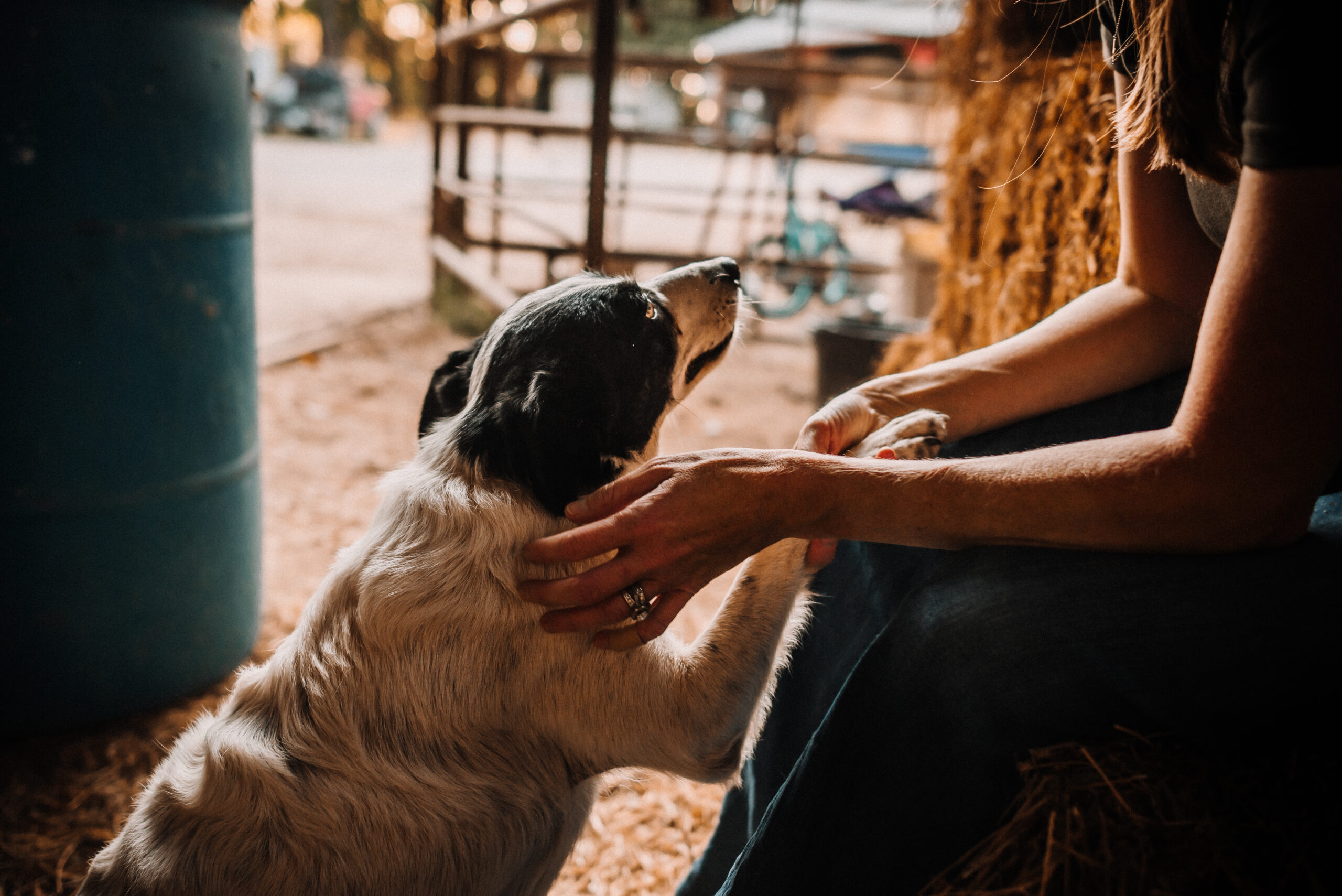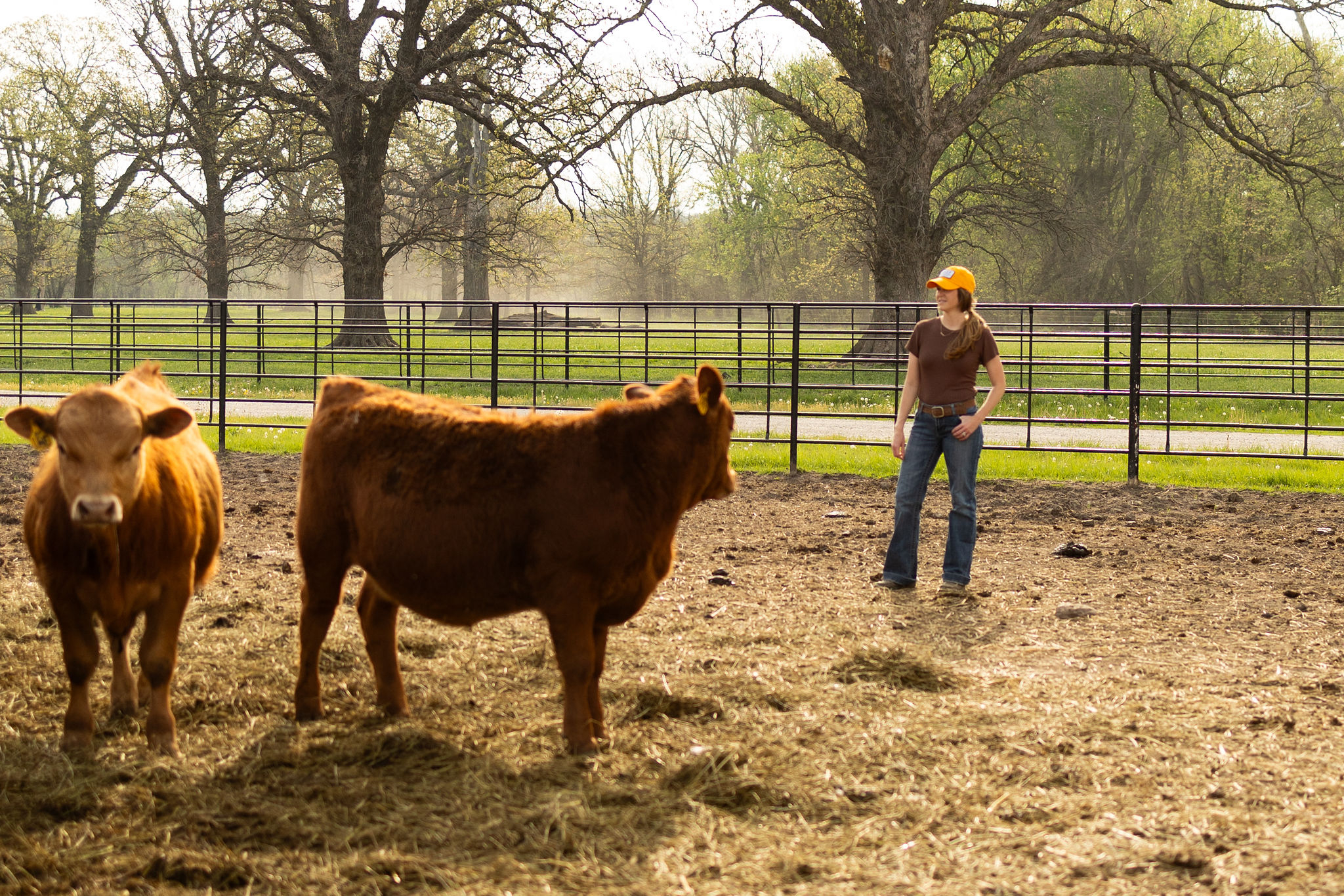This post is a collaboration with Beef. It’s What’s For Dinner. on behalf of the Beef Checkoff. I received compensation but all thoughts and opinions are my own.
——————————————————————-
It’s National Agriculture Day! Did you know that? If not, that’s ok – it’s not a federal holiday and there aren’t any ticker-tape parades to celebrate it. For us, National Ag Day is honestly just another day so let’s take a ride-along for a day on a Kansas cattle ranch.
The day starts with dropping our daughters off at school and daycare, then back home to pick up feed from the local feed mill, unload it and feed the horses, freezer beef cattle and the bulls we have for sale. I also cleaned the horse stalls and gathered my thoughts for the day, as this is my quiet time before the hustle really starts. This set of chores gets done twice daily and are unchanging. If you ask our 6-year-old why we take such good care of our animals, she’ll promptly respond, “Because they take care of us.” Ranch and farm kids learn that lesson at a very early age!
During the winter and early spring – while we are anxiously awaiting the arrival of lush, green grass – our cows are fed corn or sorghum silage every day. Either our herdsman, my husband or myself take this task on and while it’s not a two-person job, it is time consuming, so today my husband and I teamed up for a “day date” of sorts.
Silage is the whole plant chopped – stem, leaves, grains, husks, etc. – while it’s still green and has a significant moisture. The plant material is then stacked and packed down tight in a concrete bunker and covered with a plastic sheet to keep air out so it can properly ferment. After approximately 30 days, the high-energy forage is ready to be fed.
After feeding the cows silage, putting out a few round bales of hay to some other groups of cattle, getting some lunch and playing with our Border Collie for a bit, I needed to get caught up on record-keeping. Because we are a diversified agribusiness, we sell purebred animals, freezer beef and weaned cattle, and I needed to touch base with our freezer beef customers. Just like any other small business, we must keep accurate data and financial records in order to plan for the future and remain profitable. A ranch or farm can absolutely not be sustainable if it is not profitable.

An unexpected delivery of some building supplies for our new cattle barn pulls me away from my desk, so I headed outside to direct the driver to where he could unload the materials. While outside, I checked on our new calves. We are traditionally a fall-calving herd, meaning most of our cows calve from September 1 through November 1, and we sell any cows that calve later than that. However, this year due to the drought and cattle market, we decided to keep those later calving cows and will sell them this summer with a calf at their side. There are still a handful left to go, and since a cold spell and rain were headed our way, I wanted to make sure nobody was displaying early signs of birth.
Seeing no cows in distress and happy with the frolicking of the calves, it was time to go pick up the girls from school and daycare and come home to do the second round of chores and get supper going before we shuttle the kids to the bathtub and their beds.
Our family is not unlike so many others, regardless of rural or urban location. During the sometimes-monotonous cattle chores, I forget that not everyone has the privilege of seeing nature up close. Not everyone can look at the horizon and, in the words of The Chicks, “not see a building standing tall.” On this National Ag Day, I’m so grateful for a lifestyle that allows me to be in tune with nature and see God’s grace on a daily basis.
Until next time
~ Buzzard ~



